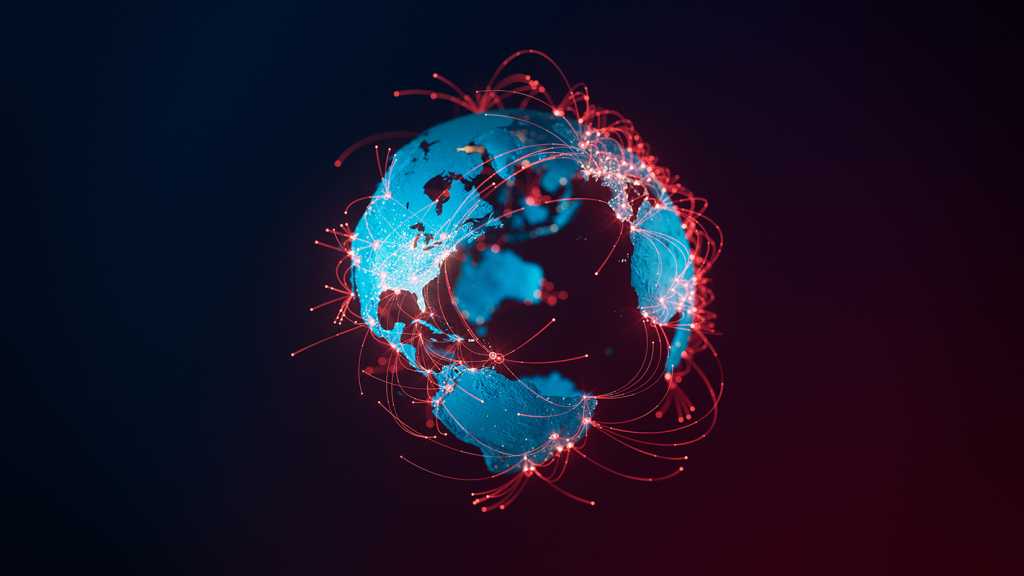[ad_1]

Iran launched its personal marketing campaign concentrating on Israel because the conflict commenced on October 7. Initially, Iran’s efforts have been reactive, and its affect marketing campaign centered on disseminating deceptive data.
Iranian and Iran-affiliated teams shortly grew extra coordinated of their efforts, including focused cyberattacks so as to add to the confusion and mayhem concerning the state of affairs on the bottom. As time has worn on, this two-pronged strategy is increasing its attain worldwide to contain extra nations and influence the worldwide dialogue concerning the ongoing battle.
The evolving nature of Iran’s marketing campaign presents each a gift concern and a template for future assaults towards organizations and society as a complete. For defenders, understanding how these threats unfold throughout three distinct phases might assist determine vulnerabilities and assault vectors.
Part 1: Reactive and deceptive
Instantly after the battle started, Iran’s state media and affiliated information companies started by making claims that turned out to be provably false or unrelated, such because the boast {that a} hacking group efficiently attacked an Israeli energy firm concurrently the preliminary assault by Hamas. Outdated information reviews of energy outages and undated screenshots have been the one proof supplied. The identical hacking group claimed to later leak paperwork from one other Israeli energy plant; an examination of the paperwork revealed that they had been leaked greater than a 12 months earlier.
Together with reusing older materials, Iran-affiliated menace actors used credentials gathered in earlier assaults to leak unrelated data with the intention to add to the confusion. Private knowledge from an Israeli college was leaked on October 8, though there gave the impression to be no connection to Hamas’s assault, suggesting that the goal was opportunistic.
The affect marketing campaign’s attain was widest early on
The attain of Iranian state-affiliated media surged throughout the early days of the conflict. Microsoft AI for Good Lab’s Iranian Propaganda Index rose by 42% that first week, reflecting further site visitors visiting Iran’s state and state-affiliated information websites. English-speaking nations made up a lot of that enhance, specifically Australia, Canada, and the U.Okay. A month later, worldwide site visitors to those websites remained at practically 30 % increased than earlier than the conflict.
An necessary component within the early stage of the affect marketing campaign was pace. A number of actors moved shortly, spreading deceptive messages inside hours or days of the beginning of the battle. This will likely replicate the benefit of launching a cyber-enabled affect marketing campaign, versus a full-blown cyberattack technique.
Part 2: All-hands-on-deck
As combating continued via October, extra Iranian teams turned their concentrate on Israel. Extra critically, these menace actors developed their techniques to incorporate lively cyberattacks towards particular targets. Information deletion and ransomware surged, and IoT gadgets have been focused. At this level, teams turned more and more coordinated of their efforts.
Initially of the conflict, 9 Iranian teams have been concentrating on Israel, however by the tip of the second week, Microsoft Risk Intelligence tracked 14 teams. A few of these attackers went after the identical targets utilizing each cyber and affect strategies. This means coordination or widespread objectives.
Iran shortly linked menace actors and strategies
Cyber-enabled affect operations additionally elevated over the primary a number of weeks, with greater than twice the exercise as at the beginning of the battle. For instance, one group used ransomware to influence some safety cameras in elements of Israel; the identical group then used a web-based persona to say these cameras have been on an Israeli Air Pressure base. This false declare was meant to overstate the Iranian group’s capabilities.
By the tip of October, Iran’s operations turned extra intensive and complex of their use of inauthentic amplification. Utilizing a number of false or stolen on-line personas (“sockpuppets”), they despatched emails and texts to unfold fabricated messages, typically utilizing compromised accounts so as to add a veneer of authenticity.
Part 3: Increasing geographic scope
Because the battle wore on, the Iranian teams widened their cyber-enabled affect actions to focus on nations they noticed as offering help to Israel. Cyberattacks focused Bahrain, the U.S., and probably Eire. Within the U.S., Iran-affiliated teams focused industrial computer systems made in Israel, together with one such system at a water authority in Pennsylvania.
In the meantime, their cyber-enabled affect campaigns grew extra nuanced, with updates to their sockpuppets’ profiles. The teams additionally started utilizing AI to create new content material for these on-line personas to distribute, together with hacking streaming tv channels to indicate AI-generated “information reviews.” These hacks have been reported to influence viewers within the UAE, Canada, and the UK.
Understanding the evolving menace
Over time, the Iranian teams refocused their efforts from fast, opportunistic responses to extra coordinated, multi-pronged operations. A number of teams labored in live performance to deploy each cyberattacks and cyber-enabled affect campaigns, turning into extra harmful whereas rising in scope. For defenders worldwide, it’s important to boost consciousness of this increasing menace surroundings whereas actively monitoring the widening array of individuals and menace actors.
To study extra about Iran’s cyber-influence operations, learn this Microsoft Safety Insider Nation state report or hearken to the Microsoft Risk Intelligence Podcast.
[ad_2]


